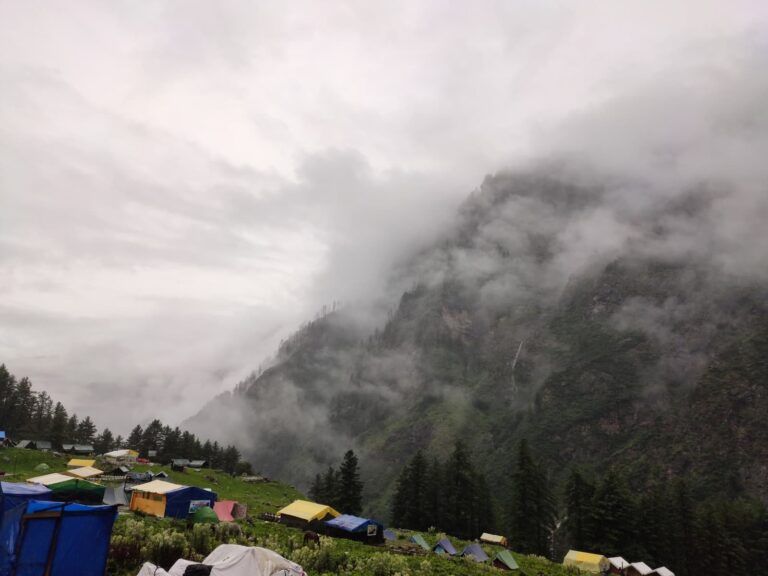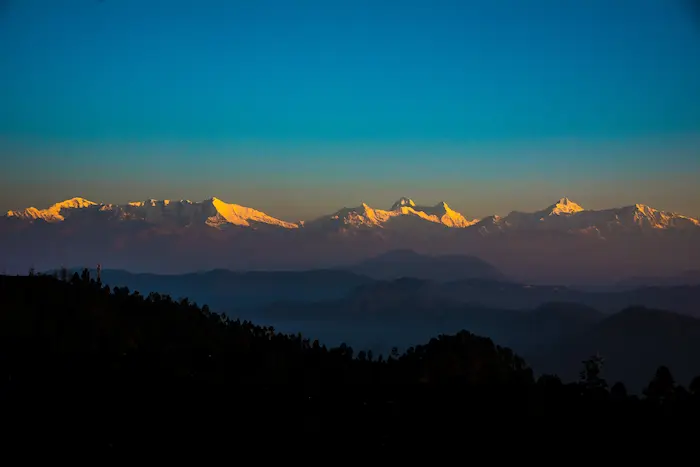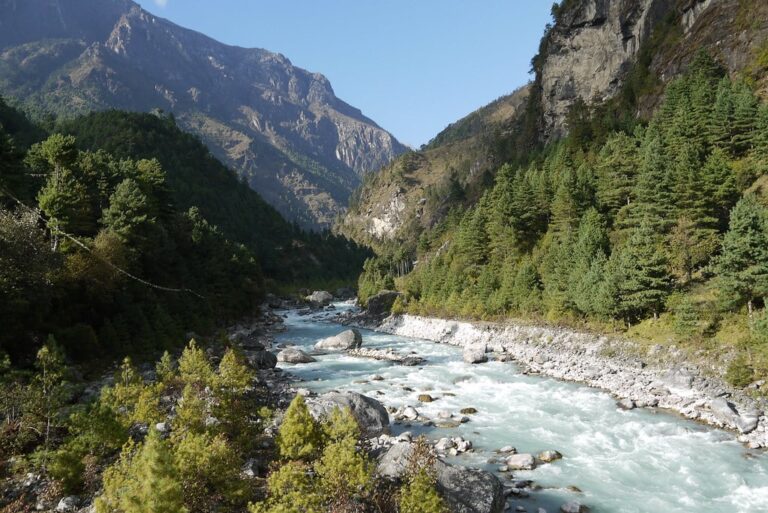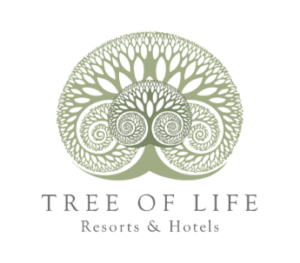TOL Junoon In The Hills
From July 16-21, Bhimtal plays host to the annual Harela Mela fair. Located in Uttarakhand, the Harela Mela is a celebration of the traditional Kumaon festival of Harela. This event is typically held at the Ram-Leela Ground.
Harela means “Green/Yellow Leaves” in its literal sense. According to Hindu tradition, there are two Harelas per year, once in Chaitra (corresponds to March/April in the Gregorian Calendar) and another in Shravan (corresponds to July/August). These celebrate the arrival of spring and summer. The Harela Mela, on the other hand, is celebrated as a part of the Shravan festivities, which coincide with the beginning of India’s monsoon season and are symbolic of the country’s harvest. Local legend has it that the festival celebrates the union between Shiva and Parvati.
The Origins and Development of the Harela Mela
Since its inception, the Harela Mela has been celebrated annually for over a century. It’s possible that the Harela Mela had its beginnings in a seasonal farmer’s market that lasted well past harvest time. Before India’s independence, farmers and merchants brought goods from faraway places like Bareilly, Rampur, etc., to the hills of Kumaon. Harela Mela originally started as a place where people in the mountains of Kumaon could come together to buy goods. Because of space constraints, the Mela was moved from its original location near Lilavati Pant College to its current site on the Ram Lila ground in 1980. As a result of its growing popularity, the Harela Khel Sanskritik Manch, the original organisers of the fair, handed over the reins to the town’s municipal corporation in 2013. The event has since lasted for five days.
Political Importance
The political history of the fair is also significant. This event served as a gathering place for freedom fighters in India before independence. At these events, political groups from all over the community set up booths to promote their causes and recruit new members. Many aspiring politicians, including Narayan Dutt Tiwari, started by attending these events.
Harela is a festival celebrated in the Kumaon region of Uttarakhand three times a year to mark the beginning of the spring, summer, and autumn seasons. This Kumaoni Hindu celebration takes place during the months of Chaitra (March/April), Ashwin (September/October), and Shravan (December/January) (late July). Communities in the area that rely heavily on agriculture are the ones who show the most respect for this holiday. As a symbol of a successful prospective harvest, women sow seven different kinds of grains into the ground on the first day of this nine-day festival (the two Navratris). Harela refers to the plant’s initial yellow leaves after it germinates. On the tenth day, the Harela is cut and worn behind the ears or atop the head.
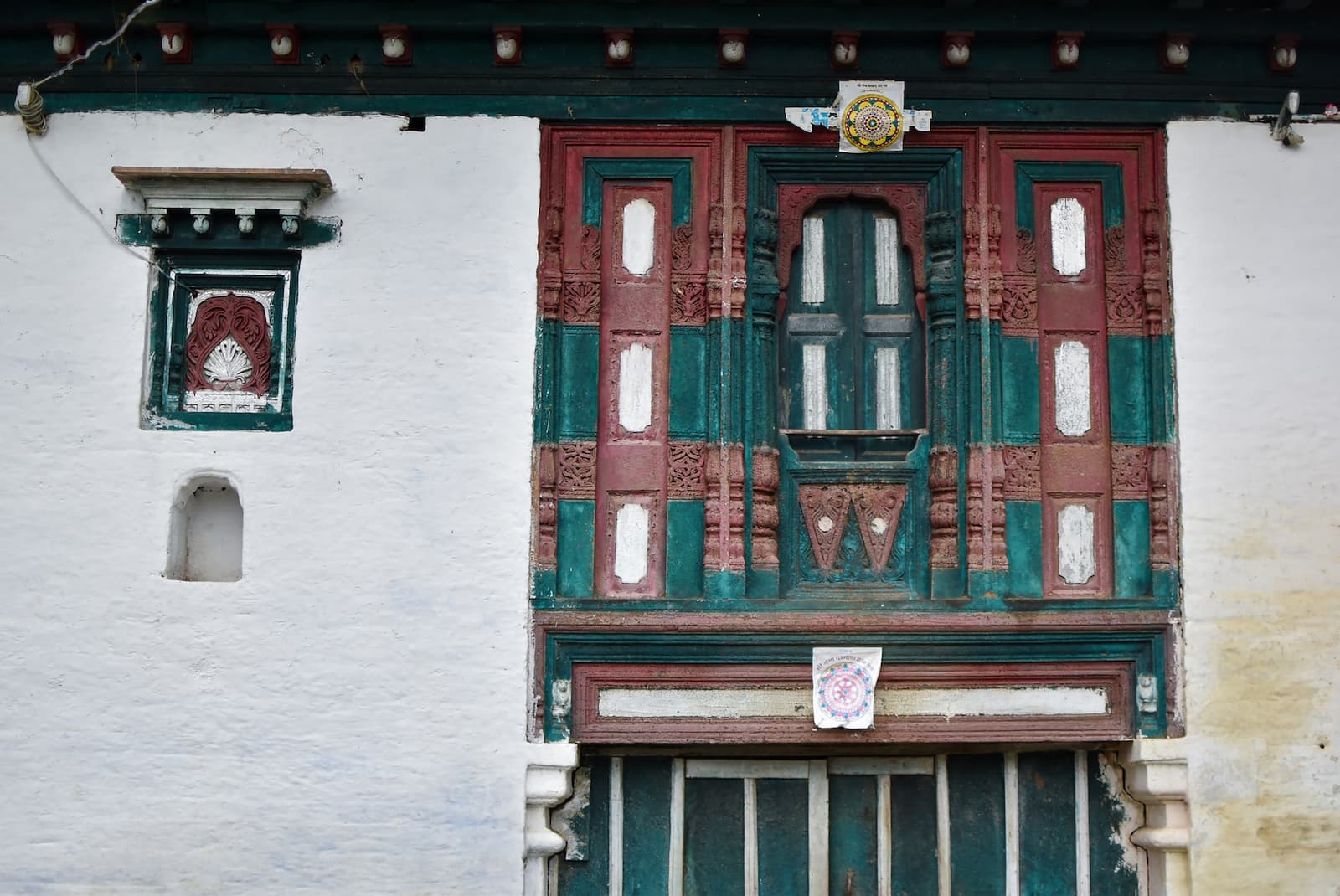
Harela, observed in the Shravan month, heralds the start of the wet season and honours the union of Shiva and Parvati. Dikars (clay miniature statues of deities) of Gauri, Maheshwar, and Ganesha are created and worshipped on this day. In addition to sending the Harela to loved ones, this day is set aside for the bullocks to rest. The festival is significant because it allows the farmer to evaluate the seeds’ viability.
Highlights:
On the first day, women fill soil in the basket and sow 7 types of seeds in them.
On this day, during the Shravan Harela, clay statues are made of Gauri, Maheshwar, and Ganesha for worshipping.
People put the blades of freshly cut Harela on their heads and send them to their friends and relatives.
Young girls in the family are presented with money.

